The now infamous Pan and Goat sculpture is barely back in its packing case ‘Life and Death in Pompeii and Herculaneum’, yet the British Museum is already challenging its visitors with a more explicit and sustained show of sexual imagery. This time, rather than ‘les Romains de la decadence’, the subject-matter is the Japanese art form known as shunga, and the subtitle of the show, which runs until 5 January 2014, is one that emphasises ‘sex and pleasure’ over sex and perversion. Pleasurable these pictures may be, but only for those mature enough to understand what it is they are looking at: as was the case with the Pompeii and Herculaneum show, the publicity materials carry a warning – ‘this exhibition contains information of a sexually explicit nature that may offend some visitors. Parental guidance is advised for visitors under 16’. How are we to make sense of its cacophony of couplings? ‘Shunga is unique in world culture’ proclaims the first panel. What kind of sex is this? Whose pleasure?
For me, a classicist who has recently written on erotic artefacts from ancient Greece and Rome, and the reception of these artefacts in the Renaissance and beyond, shunga is certainly strange. Approach a Greco-Roman statue such as the 4th-century BC Aphrodite of Knidos, and one’s appreciation of what it is that makes her the dynamic embodiment of the goddess of sexual desire on earth is shaped by centuries of artistic appreciation that has put the female nude on a pedestal and ‘got off’ on toppling her from it. The Pan and Goat sculpture may still worry its London public, but it has been doing so since its rediscovery in the 18th century when the difficulties of seeing it ‘in the flesh’ made it something of a celebrity. Sexy and sexually explicit imagery has always had a part in our engagement with the antique. By contrast, Japanese art is a non-naturalistic tradition with no such investment in the nude form, male or female. It occupies an altogether different place in the Western imagination. Although shunga arrived in Britain in 1613 (acquired by the captain of the first English voyage to Japan, John Saris, in exchange for erotic paintings born of the classical tradition), it was burned before it could leave the East India Company’s offices. It was not until the mid 19th century that it infiltrated the studies of England’s educated elite. Earlier collectors such as Horace Walpole (1717–97) had to make do with cabinets and ceramics.
I inevitably look at shunga with Western eyes. Particularly striking is the anatomically accurate, if often exaggerated nature, of the figures’ genitals, their rounded bodies, more boneless by far than those of Ingres’ women, the intensity of their interaction (eye to eye, tongue tasting tongue, hand holding hand or caressing cheek), the expressiveness of their mouths, the contrast between bared buttocks and breasts and sumptuous clothing. Yet glimpses of flesh through fabric, and of a hint of neck or face remind us that desire, as opposed to the culmination that is sex, is always veiled; the presence of internal viewers, whose looking or looking away rubs up against our curiosity, that what we see is always subjective. Perhaps shunga is less alien after all, the often paler skin of the female figures reminiscent of the painterly conventions of Athenian pots and Renaissance art. In an ukiyo-e print of the 1760s, a young woman about to bathe could almost be the sister of the Aphrodite of Knidos, the swan that sometimes accompanies the goddess transformed into a comedy frog who is granted a privileged peek at her genitals
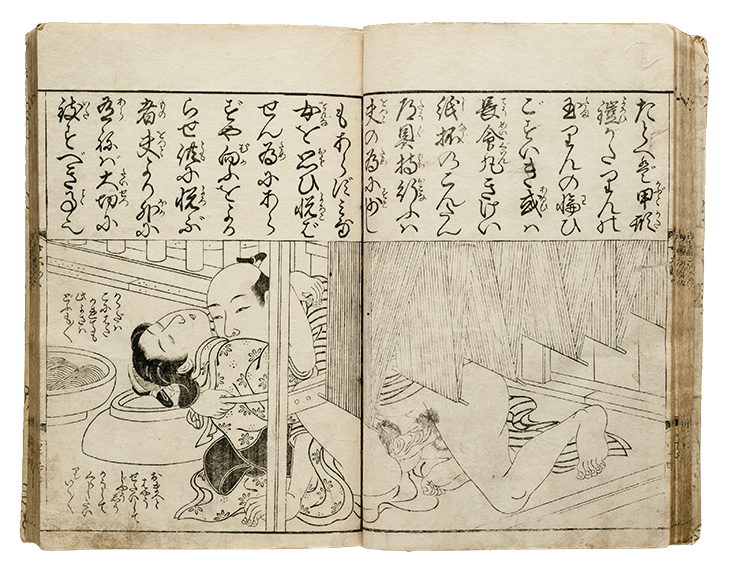
Onna dairaku takara-beki (Great Pleasures for Women and their Treasure Boxes) (c. 1755), Tsukioka Settei. Photo: © Uragami Mitsuru collection
But before getting too carried away, a little more about shunga’s original audiences and viewing contexts. Unlike ancient Roman society, where sexually explicit art was found in gardens and on the walls of houses, inns and baths, early modern Japan was more sedate, restricting its enjoyment of such scenes to scrolls, prints and books which could be put away when not in use. Not that this means that these scenes were rare, nor indeed akin to the explicit images on Athenian pots which were designed for male-only drinking parties known as symposia. Shunga was not difficult to obtain, even when officially banned in 1722, and was widely disseminated as print culture exploded. There is plenty of evidence to suggest that women also looked at shunga. Some of it, such as an 18th-century parody of a Confucian-influenced moral and educational textbook for women, was perhaps designed especially for them, and wealthy families included examples in the bride’s trousseau. In 1859, an American businessman recorded his shock at arriving at the port of Yokohoma and being shown shunga by a bookseller and his wife, who began to tell him ‘what beautiful books they were’. This is worlds away from the homosocial culture of 18th- and 19th-century London, fostered by Walpole and his contemporaries, or by the Pre-Raphaelite Brotherhood.
What was shunga’s function? I have argued elsewhere of the need to put Pan and the Goat back into an ancient Arcadia inhabited by satyrs, fauns and centaurs, a context that appreciates that he is a god, and that gods in Greece and Rome regularly express their agency, and mortals their communion with the divine, through the image of intercourse. But what context can we give the bather in the ukiyo-e print? She is not a goddess, nor are most of the figures in the other images deities, any more than all of them are sex workers. Rather than being religious, primarily didactic or apotropaic–classificatory categories that risk neutering the suggestiveness or shock of the sexual content – they are unapologetic about being examples of the clumsy couplings that stem from physical attraction, with all of the passion, drama and comedic value that comes with that. (It is no surprise that another name for shunga was ‘warai-e’ or ‘laughter-picture’.) In the 1760s, the introduction of full-colour woodblock printing, combined sometimes with the tactile quality of embossed paper, enhanced the sensuality of shunga prints, which are arguably about simple pleasure(s).
Not that this makes shunga mundane or apolitical. As we have seen already with the parody of the women’s textbook, the physicality and bookishness of shunga made it an appropriate genre for satire. The Greek and Roman examples of erotica that do show mortals present themselves as snapshots of nameless flirting or decontextualised rutting: man with woman, man with man, or, on an oil-lamp made in Athens under the Roman Empire, woman and horse. Shunga’s equivalents, on the other hand, which in the 17th and 18th centuries also embraced male-male sex between older, active men and youths, have their origins in the narrative traditions of the Medieval period and the luxury handscrolls of the elite.
Even after scrolls gave way to sets of images, which need not be explicitly related to one another, and painting to printing, albums and print books were de rigueur, with those produced by the ukiyo-e school often incorporating text, both narrative context and dialogue, within the visual frame. In a print from one set of 24, which unusually for a shunga series does form an ongoing narrative, a male traveller hitches up his robe to penetrate a woman who perches precariously on horseback. Were this an image from ancient Italy – an image such as we find in a set of erotic frescoes from the Suburban Baths at Pompeii, showing a man crouching on the ground to give oral sex to a woman – we would be unsure whether to see her as empowered or degraded. In the Japanese case, the dialogue puts the female figure incontrovertibly in the driving seat: she advises, ‘Yes that’s it, it’s in … There is still time before the boat arrives’. And the horseman’s reply, ‘I don’t need a fee or anything. I’ll even take you on the horse two stops further, as far as the embankment at Kumagaya.’ The presence of a tiny bean-man under a tree to the right further scripts the image: ‘I’ve got to admit that this horseman has a big one. But his name doesn’t live up to the name “Yosaku.”’ “Yosaku’ is not a random choice, but the hero of a famous play by the renowned dramatist, Chikamatsu Monzaemon.
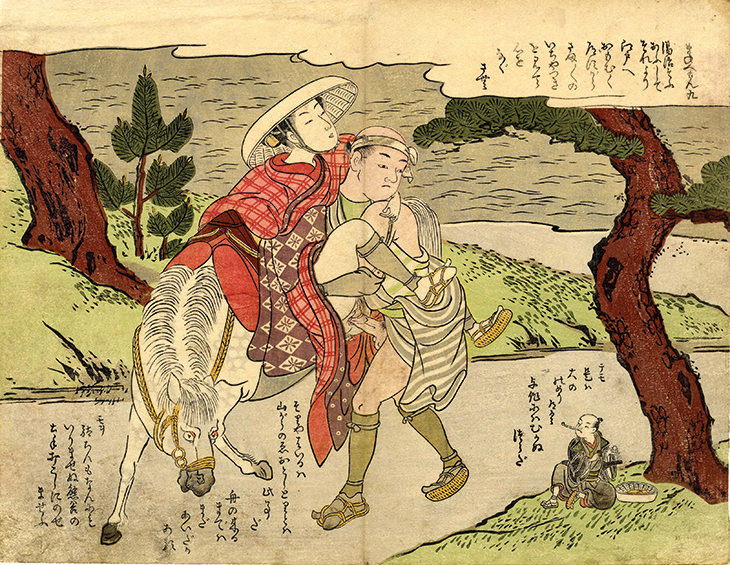
Picture nine from Furyuenshoku Mane’emon (Elegant Erotic Mane’emon) (1770),
Suzuki Harunobu. Photo: © International Research Centre for Japanese Studies, Kyoto
Even comparatively classic stories, such as Murasaki Shikibu’s courtly novel, the Tale of Genji, written early in the 11th century, were exposed to this kind of treatment as, with each iteration, the eroticism for which they were renowned warmed to lust. Hercules aside (his demi-god status affords him similar licence to the original Greek immortals), it is almost impossible to imagine Homeric heroes being so abused by ancient artists, even if the heroic code’s ranking of glory above family was not undebated even within the Iliad itself, and even if the makers of non-sexual artefacts delighted in bringing word and image together. Although Latin literature signals the existence of a famous image of Meleager (whose story is recounted in the Iliad) receiving oral sex from Atalanta, it does so in the context of the lechery and tyranny of the Roman emperor Tiberius. In 18th-century Japan, by contrast, the literary record talks positively about intellectuals enjoying shunga, one of them going so far as to write a poem on a shunga painting. Perhaps it is no surprise, given this background, and indeed the female authorship attributed to the Tale of Genji, that women too should have been viewers. Nor is it a surprise that shunga should frequently feed off other genres of text, not only literary genres, high and popular, but medical, geographical and religious texts, or lend itself to political analogy or comment. For all that the sex is often pleasurable to look at in and of itself, part of the pleasure of shunga is reading between the lines to find the intertext.
This essay has created an intertext of a different kind, that between the classical world and Japanese society of 1600–1900, to have us think harder about what we are looking at when we look at erotic artworks from different cultures. Following the Meiji Restoration of 1868, the publication and display of shunga in Japan was strictly forbidden and real bodies controlled by regulations concerning tattoos, mixed bathing and public nakedness. In the wake of the Russo-Japanese war of 1904–05, these strictures became more severe, as though the need to play on an international stage infected Japan with the kinds of moral codes that had corseted Victorian Britain. For most of the 20th century it was nigh on impossible for scholars to study or disseminate shunga: even academic journals published in Japan in the 1960s had to obfuscate the genitals. Although shunga is clearly rooted in the visual culture of China, factors such as China’s Cultural Revolution still make the later history of its erotic imagery difficult.
All of this makes the British Museum’s current exhibition particularly momentous. I feared that cabinet upon cabinet of sex and just sex would sully me and the material, but found instead that it augmented the beauty – the different ways in which the images play with seeing and not seeing, intimacy and voyeurism, delicacy and vulgarity, earnestness and humour. Compared to the Pompeii and Herculaneum exhibition, where Pan and the Goat’s relative isolation in the corner of a gallery otherwise devoted to everyday life shattered illusions about the Romans being ‘just like us’, the cumulative effect of the shunga show makes its protagonists more human.
There are merits to both approaches: for Londoners of the 21st century are neither like or unlike the inhabitants of 1st-century Pompeii or 19th-century Tokyo, but are lost in a vortex of difference and sameness. As a measure of this maze, sex, with its emphasis on irrationality, physical stimulation, procreation and so on, is as good a guide as any. But one needs traction if one is to make the most of the journey. For me, this is provided by the contrast between the classical and the Japanese; by being unable to look at the woman bathing without seeing the Knidian, or, rather differently, at a parodic print of the Death of Buddha as a giant phallus without thinking of classical collector and scholar, Richard Payne Knight (1751–1824) and his obsession with uncovering the importance of ancient phallic cults. It is not just that when English collectors such as George Witt eventually did come into contact with shunga in the early 1860s, it was within the context of a broader history of sex customs in Japan and in Greece and Rome, which owed a lot to Payne Knight’s forays. It is that comparing and contrasting the artistic production of two societies outside my own enables me to deploy my own cultural positioning without making it a crutch. And it works both ways: I can think of no better example anywhere than the books of ‘vile pictures’ (as the US businessman called them), which were taken down from a top shelf and held up as beautiful by the bookseller and his wife, for highlighting the inadequacy of the term ‘pornography’.
How best to introduce the public to the complexities of erotic art and its reception? The problem with slapping a ‘parental guidance’ notice on a show is that it is all that the press think about, making its key questions, ‘how dirty is it?’ or ‘how lucky is its audience?!’ Rather than worry about what kind of sex we are looking at, we are better tapping its pleasures with whatever tools we have at our disposal. If these tools are not from the classical tradition, then they might be from Buddhist or Hindu art (such as Chinese bronzes from 1400–1600 which show the god Guhyasamaja about to kiss the goddess Sparshavajra, each of them making the most of their three faces and three arms, or phallic symbols of the god Shiva). In the process, we may not see the world as its makers did; but we certainly look at it and ourselves more knowingly.
‘Shunga: Sex and Pleasure in Japanese Art’ is at the British Museum in London until 5 January 2014.
From the November 2013 issue of Apollo. Preview the current issue and subscribe here.
Unlimited access from just $16 every 3 months
Subscribe to get unlimited and exclusive access to the top art stories, interviews and exhibition reviews.

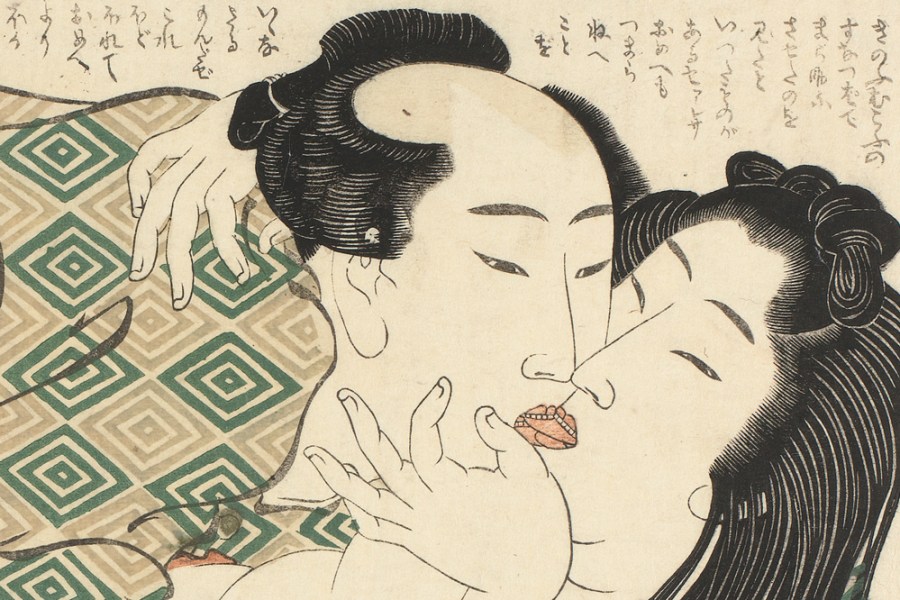
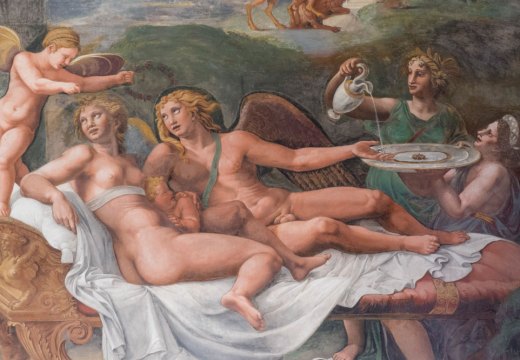
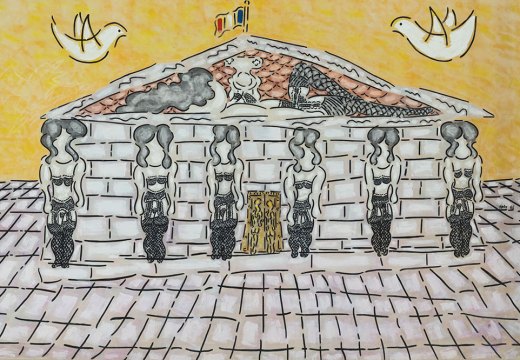
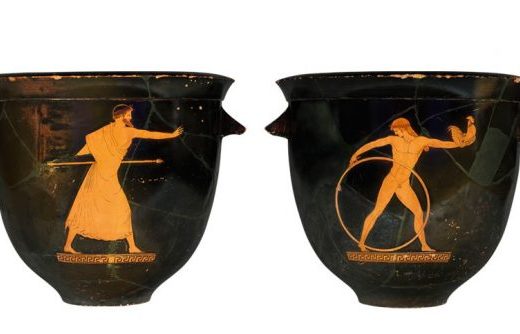









![Masterpiece [Re]discovery 2022. Photo: Ben Fisher Photography, courtesy of Masterpiece London](http://www.apollo-magazine.com/wp-content/uploads/2022/07/MPL2022_4263.jpg)
It’s time for the government of London to return to its rightful home